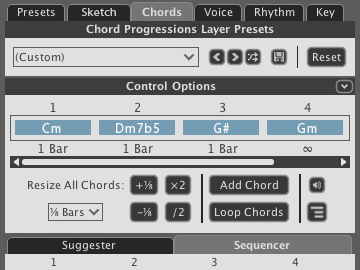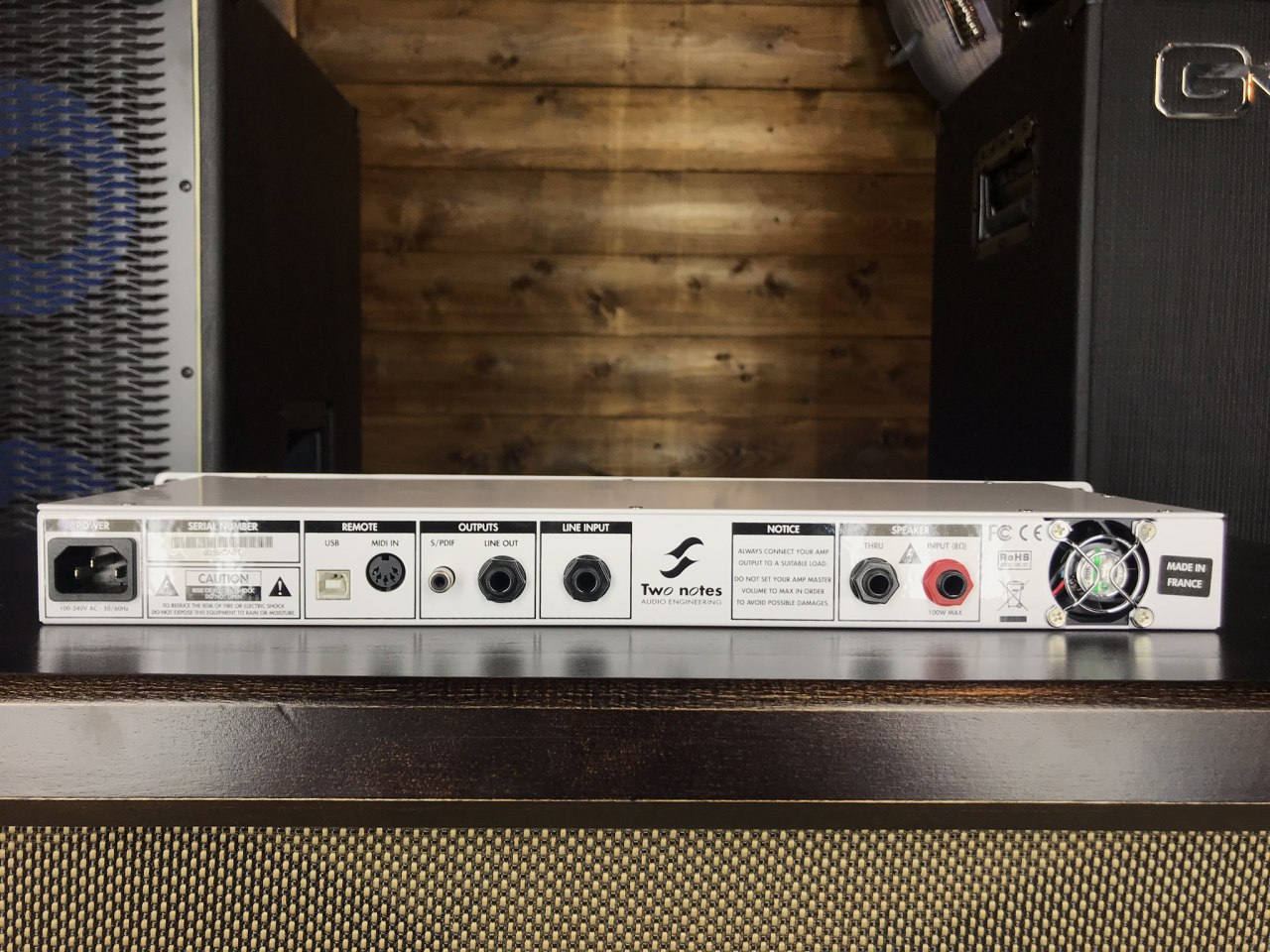
"Sensors which can identify different chemical signatures have potential for applications in many other fields. "With predictions that there will be 500 million people with diabetes by 2020, this will have huge implications in the medical world and for communities around the world – one fantastic benefit being no more needles to test sugar levels." Our test is up to a hundred times more sensitive than current blood sensors and can be built from an inkjet printer." "For example, we have now developed a saliva-based test of glucose levels for diabetic sufferers, potentially making blood tests a thing of the past. This compatibility provides exciting opportunities for medical applications and we have been exploring ways we can integrate bio-molecules or chemical signatures into printed transistors." "These materials are all carbon-based, so they are more related to our own chemistry than silicon-based materials that you see used in traditional electronic items like computers and mobile phones. "Because we have developed paint with semi-conducting particles, we can now 'download' electronic designs, print them relatively cheaply from an inkjet printer and, in principle, build any electronic device." The same technology is also being adapted by the team to build a new generation of sensors for a range of industry sectors from health to mining and safety. Pain-free testing for diabetics using bio-sensors Professor Dastoor expects the first prototypes to be available within a year. A newly installed printer at the University's Newcastle Institute for Energy and Resources (NIER) has made it possible to print up to a hundred metres of solar cells a day. Within the next six months, the Centre for Organic Electronics is also welcoming new infrastructure and equipment that will help build the next layers of the cells. Dastoor estimates that if the 2.2 million houses in NSW were to use these cells, it would be the equivalent to an entire power station. When painted across a roof, the cells produce enough electricity to power a household. "By removing the constraints provided by inflexible solar cells, we can open up acres of surfaces to harness the sun's energy more efficiently." It's lighter, more flexible and less expensive." "Solar paint technology allows us to harvest that energy now. Our ability to dig something out of the ground and utilise it is diminishing rapidly," he said. We are focusing on using up stored sunlight in the form of coal or oil. "The sun provides us with many times the energy we need every day – we just don't use it. The cells can already produce at lower light levels than existing solar-based silicon cells with installation costs approximately one-tenth of installing a silicon solar system. The Centre of Organic Electronics, which Professor Dastoor is the Founder and Director of, also recently produced the highest-ever performance of solar paint cells at 2.5 to 3 per cent.
Liquid notes for live r2r tv#
This ambition and ingenuity has captured the imagination of the general public, resulting in Professor Dastoor being part of the Australian TV 'New Inventors' Grand Final in 2011 with his solar paint technology. By breaking the semiconducting materials down into tiny particles, Professor Dastoor developed a method of suspending them in water, which led to the concept of producing a solar paint or ink that could be applied to surfaces. Professor Dastoor first began experimenting with the class of plastics known as semiconducting polymers in the mid 1990s. This makes them able to be dissolved into solutions, which can be printed, painted or sprayed onto different surfaces whilst still being able to conduct electrical charges.



Organic electronics deals with carbon-based electronic materials that are soluble in a variety of liquids. "How do we solve this issue? We capture the sun's energy through solar paint and turn our homes, cars and appliances into solar power stations." We have billions of people who have no access to energy or electrical power at all. The greatest issue the world is facing is energy production.


 0 kommentar(er)
0 kommentar(er)
